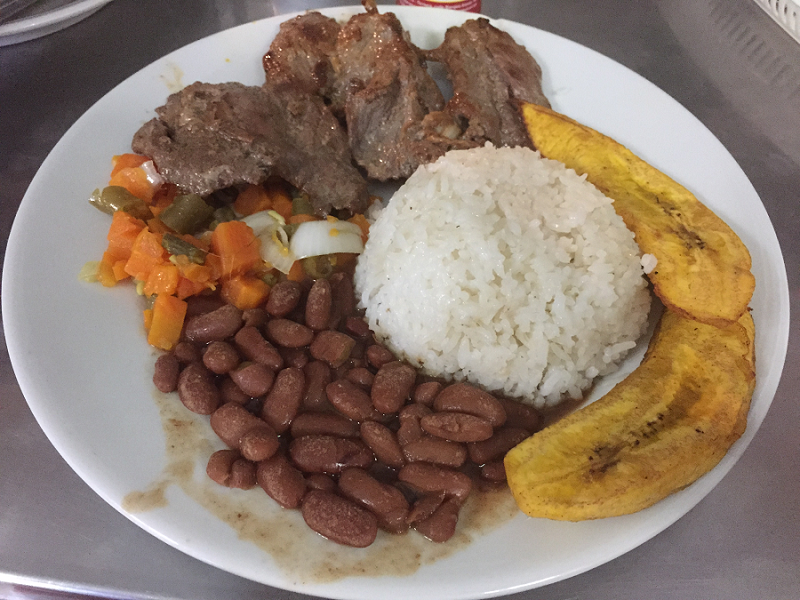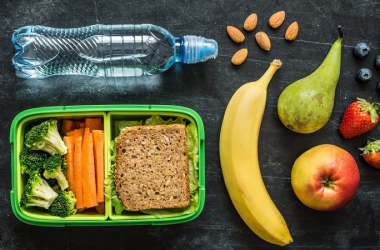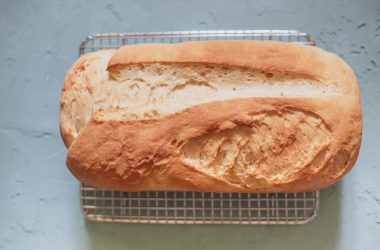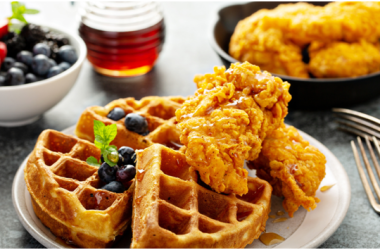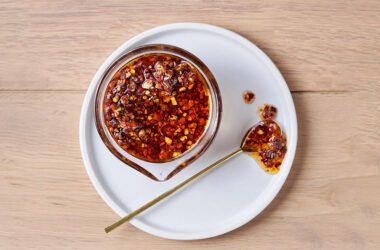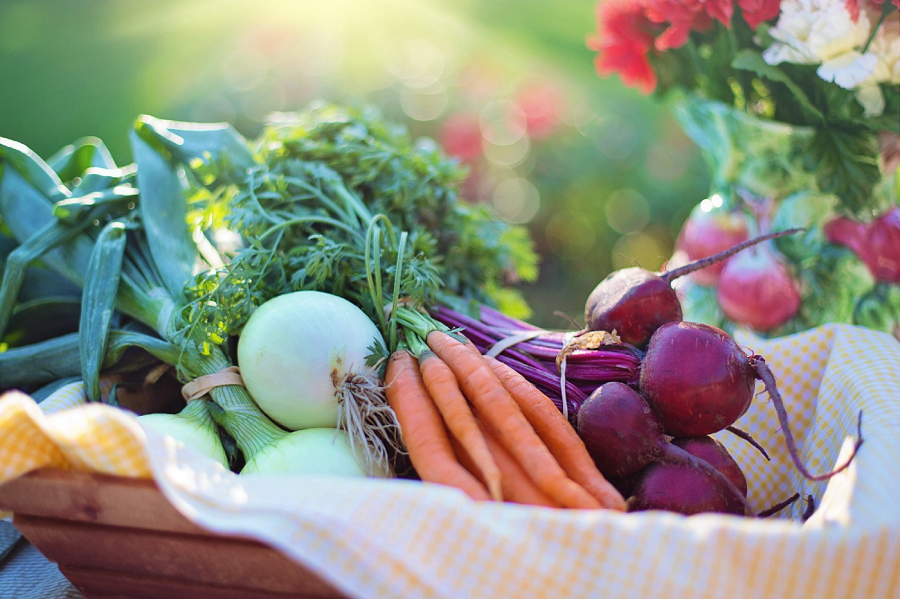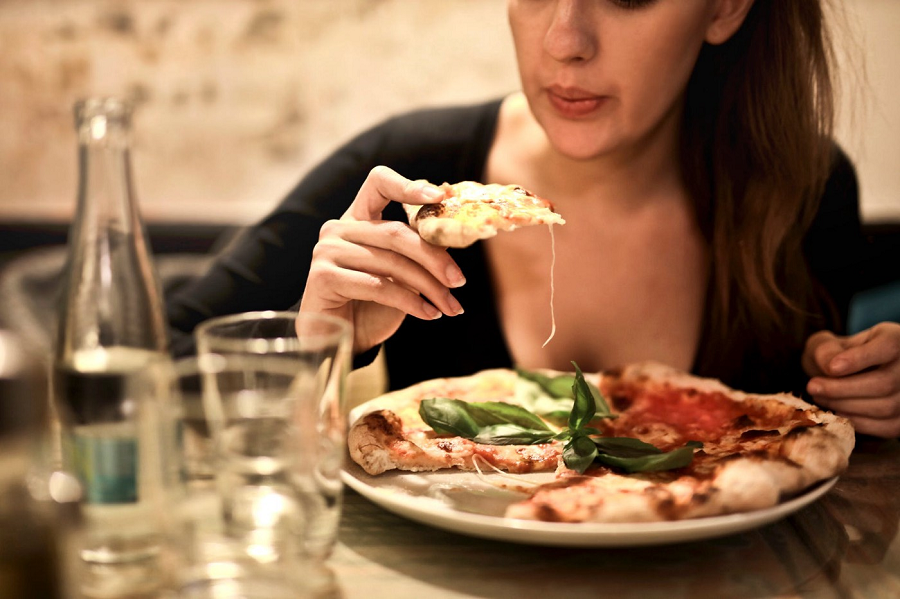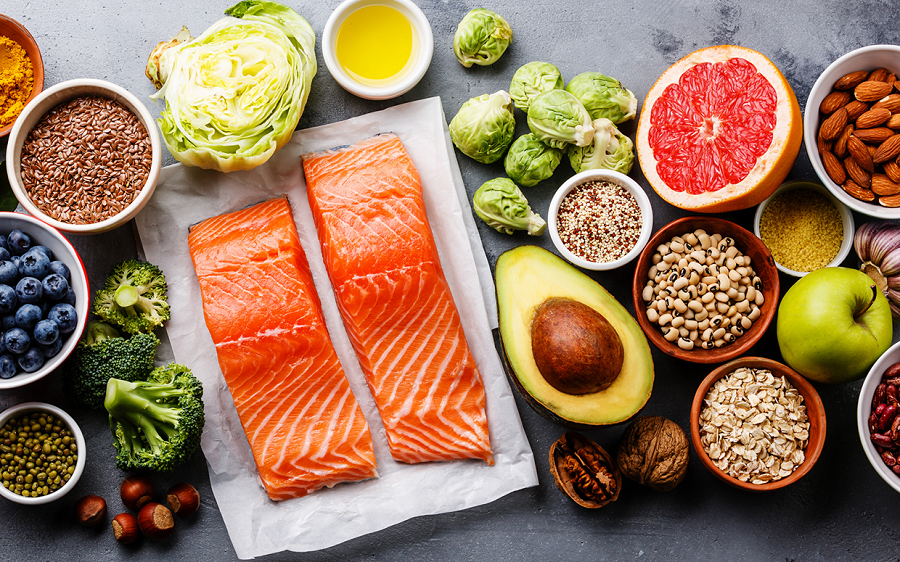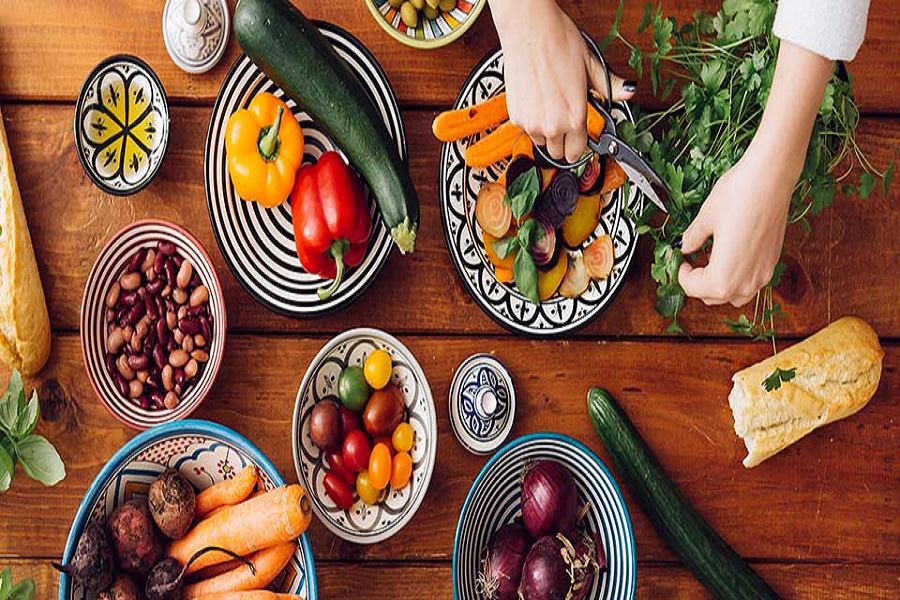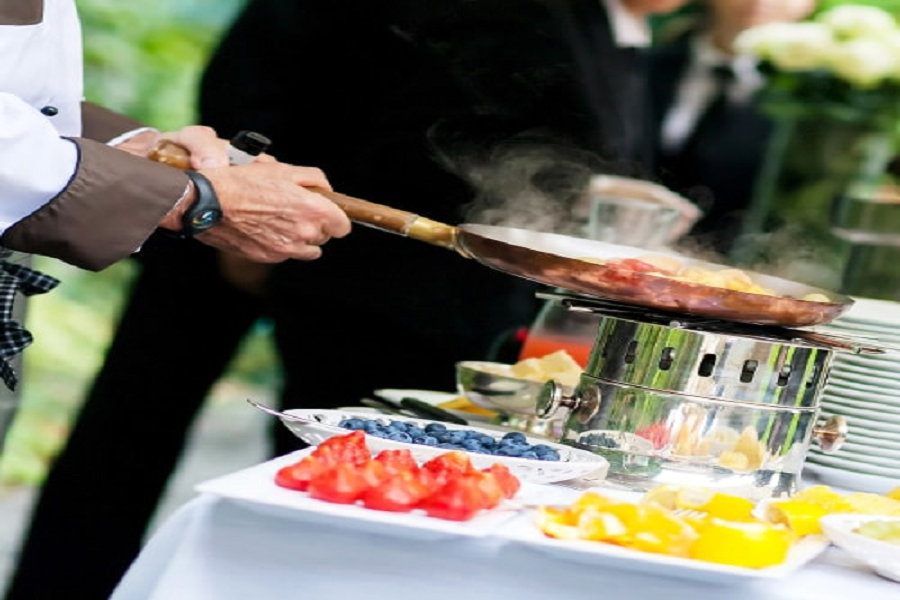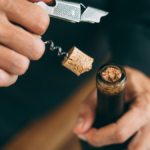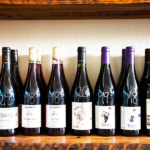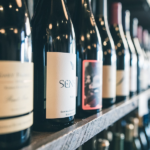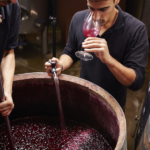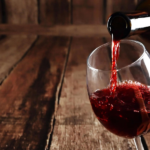Colombia’s appeal goes far beyond mountain panoramas and street-side cumbia music. Its gastronomic tapestry reflects indigenous heritage, African influences, and Spanish traditions, resulting in hearty yet refined dishes. The cuisines of Colombia often revolve around corn, beans, plantains, rice, and tender meats, enhanced by herbs and spices that bring comfort and robust flavor to each meal.
Below is a concise travel guide highlighting prime times to visit, remarkable destinations, and standout bites—ranging from beloved mazamorras to coastal seafood feasts.
Best Times to Go
While Colombia’s climate varies by region, two general seasons shape travel: a drier stretch from December to March (and often June to August), and a rainy period during other months. In December and January, bright sunshine blankets the Andean highlands, and the Caribbean coast remains clear. Medellín’s famously spring-like climate is welcoming year-round, though August draws extra crowds for the Feria de las Flores. Meanwhile, the Pacific coast’s wetter conditions can still tempt travelers seeking nature, especially from June to August when humpback whales arrive.
Bogotá and the Andean Highlands
Ajiaco and Tamales
Bogotá’s brisk weather pairs perfectly with steaming bowls of ajiaco—a potato-chicken soup finished with cream, capers, and guasca. Tamales Santafereños also warm local breakfast tables, combining cornmeal with pork, chicken, vegetables, and spices. When venturing beyond the capital, you may find mazamorras variations sweetened with sugar or panela in smaller towns.
Where to Eat
- La Puerta Falsa: Known for ajiaco and a cozy, old-world ambiance near Bogotá’s historic center.
- Andrés Carne de Res: A spirited venue brimming with Colombian favorites, dance floors, and festive décor in Chía, just outside the city.
When to Visit
Opt for December or January to enjoy drier skies and crisp mountain air. You can wander Bogotá’s colonial district, La Candelaria, in relative sunshine.
Medellín and the Paisa Region
Bandeja Paisa and MazamorraAntioqueña
Located in the Aburrá Valley, Medellín remains pleasantly mild throughout the year. It’s known for hearty Paisa cooking, exemplified by bandeja paisa: a huge plate of beans, pork belly, fried egg, plantains, and avocado. MazamorraAntioqueña, a simple corn-based dessert or drink, is typically sweetened with panela for a comforting finish.
Where to Eat
- Hacienda: Specializes in bandeja paisa and other Paisa classics.
- Mercado del Río: A lively food hall offering both local and global bites in a social setting.
When to Visit
Late July to early August sees Medellín in full bloom for the Feria de las Flores, with parades of stunning floral displays.
The Coffee Triangle: Pereira, Manizales, and Armenia
Sancocho and Empanadas
This lush region supplies premium coffee to the world and presents rural dishes such as sancocho, a filling stew brimming with meat, plantains, root vegetables, and fresh herbs. Empanadas de maíz—crispy on the outside and stuffed with savory fillings—round out local menus.
Where to Eat
- Hacienda Cafés: Traditional spots on coffee farms offering hearty stews and panoramic views.
- Farmstay Eateries: Sample freshly roasted coffee, homemade pastries, and corn empanadas while learning about bean-to-cup processes.
When to Visit
The drier months of December to March offer smoother travel for coffee farm tours and mountain hikes. Shoulder periods like May and September tend to draw fewer visitors.
Cartagena and the Caribbean Coast
Seafood Ceviche and Coconut Rice
Cartagena’s walled city blends colonial architecture with Afro-Caribbean flavors. Along the coast, you’ll find ceviche Cartagenero, a tangy mix of fresh seafood in citrus-based sauces, and arroz con coco (coconut rice) that balances sweetness with a mild creaminess. Posta negraCartagenera—a slow-cooked beef dish in a spiced sauce—pairs beautifully with patacones (fried plantains).
Where to Eat
- La Cevichería: Beloved for bright, citrus-laced ceviches along Cartagena’s colorful cobblestone streets.
- Portal de losDulces: Vendors lined up offering cocadas and other tempting confections.
When to Visit
Late December to April is usually sunny and breezy, though it can be crowded. Book accommodations early to take advantage of beach weather and atmospheric old town strolls.
Cali and the Pacific Coast
Sancocho de Gallina and Pacific Seafood
Known as the salsa capital, Cali draws revelers for late-night dancing. Nearby Pacific coast towns serve fresh seafood stews like cazuela de mariscos, enriched with coconut milk and local herbs. Sancocho de gallina, popular in the region, features a lighter broth than its Andean counterparts.
Where to Eat
- Ringlete: Focuses on Pacific flavors, with shrimp, fish, and signature spiced sauces.
- Salsa Clubs: Enjoy empanadas and fried snacks while dancing to the rhythms that define Cali’s nightlife.
When to Visit
From June to August, whale-watching opportunities entice nature lovers. For salsa fans, the Feria de Cali at the end of December features concerts and parties.
Mazamorras and Other Treasured Staples
Mazamorras, whether savory or sweet, shine as a longstanding Colombian classic. It usually starts with simmered corn kernels softened in water or milk, then finished with panela or grated cheese. Antioquia’s version is a dessert or side dish, while other regions adapt the recipe to local tastes. Corn, beans, herbs, and spices form the backbone of cuisines of Colombia, enhanced by fresh produce and diverse cultural influences.
Tips for a Flavorful Exploration
- Try Street Food: From fried arepas to buñuelos, the streets offer quick, inexpensive introductions to Colombian tastes.
- Browse Local Markets: Witness mountains of exotic fruits and vegetables, as well as vendors who eagerly share cooking tips.
- Take a Cooking Class: Many fincas and city schools guide you through regional recipes. You’ll gain hands-on experience and cultural insight.
- Embrace Regional Flavors: Seek local specialties in each region rather than sticking to famamiliar standbys.
- Ask Locals: Often, your best meal comes from a hidden family-owned establishment off the main drag.
Conclusion
Traveling through Colombia is an invitation to taste time-honored recipes shaped by geography, heritage, and local flair. In the Andean highlands, rich soups warm chilly nights. In Antioquia, heartier fare like bandeja paisa represents the big-hearted spirit of the Paisa people, while coastal Cartagena dazzles with tangy seafood and sweet coconut rice. Cali’s salsa swirl merges with platters of spiced Pacific dishes. Everywhere you turn, mazamorras await as a cozy link to the nation’s culinary soul.
Plan your journey in line with drier weather if you prefer clear skies. Or visit during festivals when Colombia’s exuberant nature shines brightest. Whichever path you choose, savor every mouthful of this country’s extraordinary bounty—a vibrant treasure trove of flavors passed down by generations, still shaping every corner of its cultural map.


